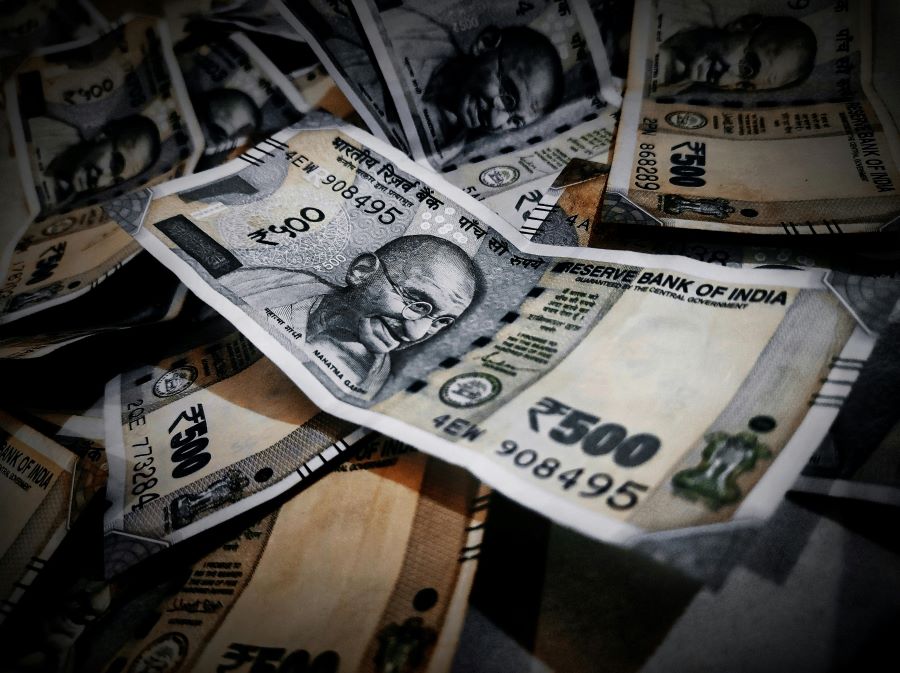In the financial landscape, terms like “reverse repo rate” often float around without clear clarification, leaving many puzzled about their significance. If you are among those seeking clarity on this crucial aspect of monetary policy, you are in the right place. Let’s delve into the intricacies of the reverse repo rate, understanding its meaning, importance, calculation, and its impact on loans and the broader economy.
What is Reverse Repo Rate?
In simple terms, the reverse repo rate, also known as the reverse repurchase rate, refers to the interest rate at which the central bank (like the Federal Reserve in the United States or the Reserve Bank of India) borrows money from commercial banks or other financial institutions for a short period, typically overnight. It is the opposite of the repo rate, where the central bank lends money to these institutions.
Understanding the Importance of Reverse Repo Rate
Now, why does this rate matter? The reverse repo rate serves as a crucial tool for central banks to manage liquidity in the financial system and control inflation. By adjusting this rate, central banks influence the flow of money in the economy. When the reverse repo rate is high, borrowing from the central bank becomes more attractive for commercial banks, leading to a decrease in the supply of money in the market. Conversely, lowering the reverse repo rate encourages banks to lend more to the central bank, injecting liquidity into the system.
How is Reverse Repo Rate Calculated?
The calculation of the reverse repo rate involves a complex interplay of market dynamics, monetary policy objectives, and economic indicators. However, at its core, the central bank determines this rate based on various factors such as inflation targets, economic growth prospects, and prevailing market conditions. In India, the RBI holds regular Monetary Policy Committee (MPC) meetings to review and adjust these rates periodically, considering the overall health of the economy.
Impact on Loans and the Economy
Now, let’s address the burning question: How does the reverse repo rate impact loans and the economy? Well, the reverse repo rate influences the interest rates offered by commercial banks on various financial products, including personal loans and savings accounts. When the RBI raises the reverse repo rate, banks tend to increase their lending rates to maintain profitability, making borrowing more expensive for consumers and businesses. Conversely, a decrease in the reverse repo rate can lead to lower lending rates, stimulating borrowing and investment, thus fostering economic growth.

Reverse Repo Rate Today
The current RBI reverse repo rate in India is 3.35% Keeping an eye on the reverse repo rate today is crucial for investors, policymakers, and anyone with a stake in the financial markets. Monitoring changes in this rate provides valuable insights into the monetary policy stance of the RBI and its outlook on economic conditions. Additionally, fluctuations in the reverse repo rate can signal shifts in market sentiment, impacting asset prices and investment strategies.
Conclusion
The reverse repo rate plays a pivotal role in shaping the monetary policy landscape and influencing economic outcomes. Understanding its meaning, importance, calculation, and impact on the economy is essential for navigating the complex world of finance. By keeping a pulse on the reverse repo rate and its implications, stakeholders can make informed decisions and adapt to changing market dynamics effectively. So, the next time you hear discussions about the reverse repo rate, you will be armed with the knowledge to decipher its significance.


 Get App
Get App  Airtel Store
Airtel Store  Login
Login 


